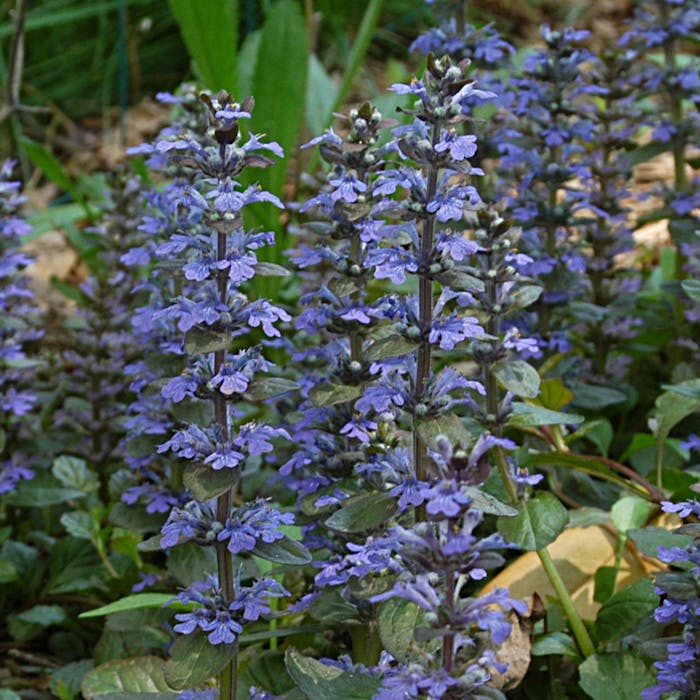
The humble Bugle - flower of woodland glades
The bugle is a low-growing wild flower which produces purplish-blue flower spikes between April and July. Often to be seen on damp grasslands, scrub and woodland clearings on fertile soils, and alongside railway lines, the bugle is common throughout the UK.
An evergreen perennial, the bugle plant (Ajuga reptans) spreads by means of overground runners that frequently root. The leaves are dark green with glints of bronze. The ‘reptans’ in its Latin name is derived from ‘repto’, meaning ‘creeping, crawling’.
It is attractive to a variety of insects including White-tailed Bumblebees, Green-veined White butterflies, Silver Y moths and Common Carder Bees.
The plant was traditionally a popular ingredient in herbal remedies, particularly for stopping bleeding and was sometimes known as "carpenter's herb" for that reason.
It is also commonly used fresh in ointments and medicated oils. A homeopathic remedy is made from the whole plant, and is widely used in various preparations against throat irritations and especially in the treatment of mouth ulcers.
Cultivars of the bugle have been created for gardeners, as it is a useful ground cover plant.
Further reading
Links to external websites are not maintained by Bite Sized Britain. They are provided to give users access to additional information. Bite Sized Britain is not responsible for the content of these external websites.
